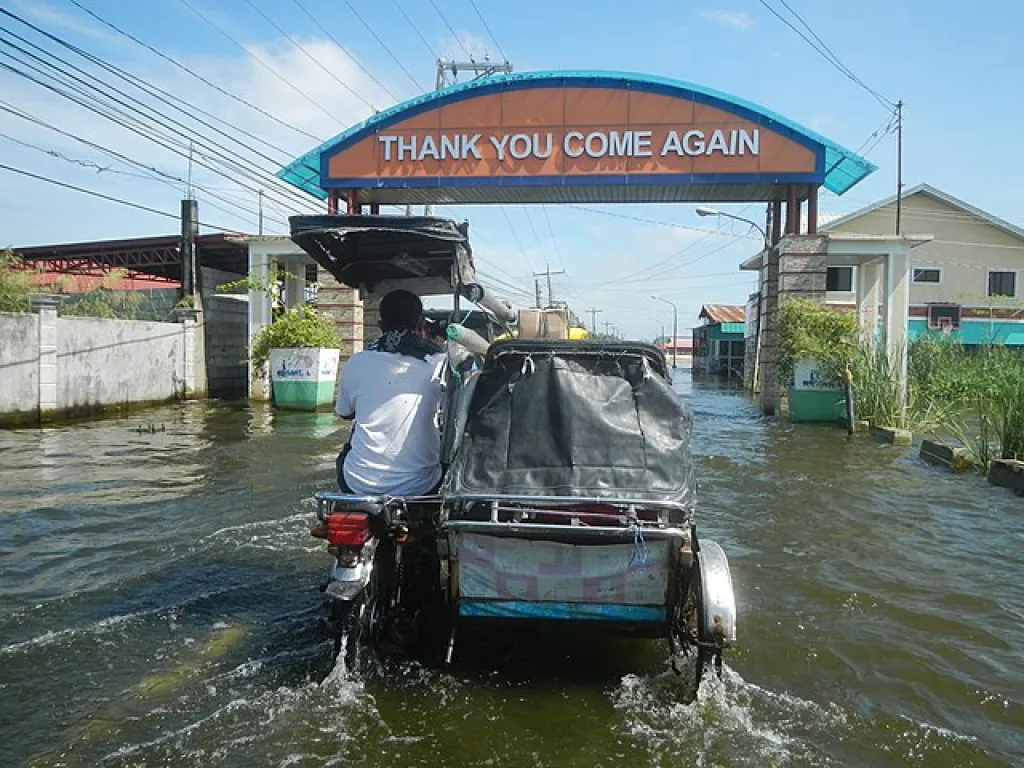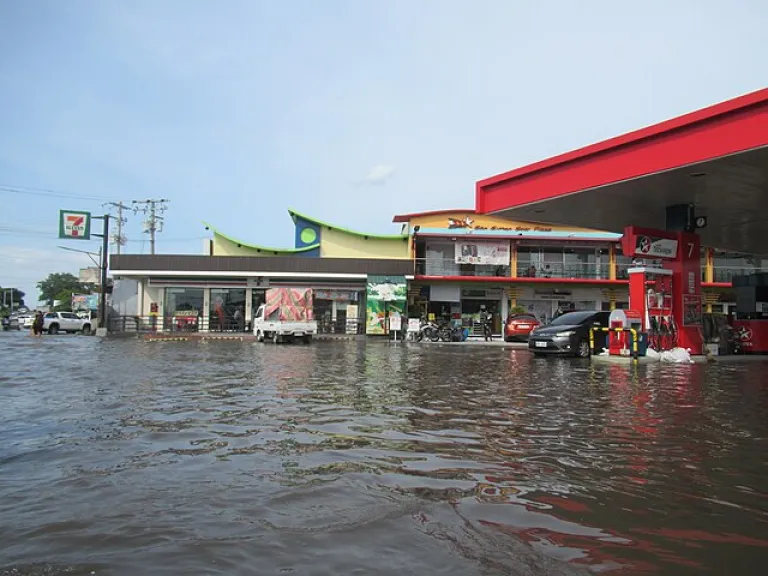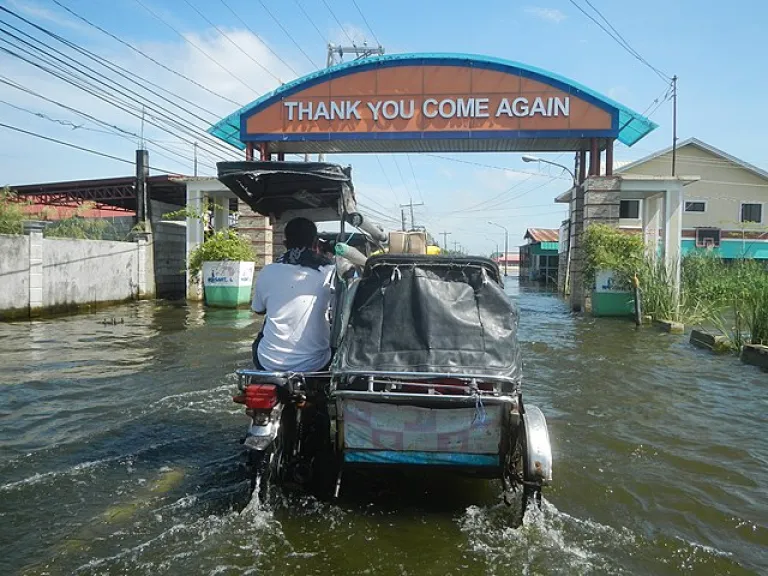Our favourite places to stay on this sleepy Cebu island.
How Flood Control Shapes Travel in the Philippines

Billions for flood control, but travellers still stuck in flooded roads? It is a question many people ask once the rainy season arrives. Despite the scale of investments in infrastructure, flooding continues to disrupt everyday life. For travellers, that often means cancelled road trips, delayed bus rides, and missed opportunities to explore some of the country’s most exciting destinations.
Why Flood Control Matters for Travellers
The rainy season in the Philippines often feels like a waiting game. A sudden downpour can turn a smooth journey into hours of standstill traffic. Imagine planning a weekend food crawl in Marikina, only to find key roads impassable after heavy rain. Or picture yourself heading to Pampanga for a culinary adventure, only to get stranded along the expressway due to flash floods.
Flood control is not just an engineering concern. It directly shapes how both Filipinos and international visitors move around the country. Well-planned drainage systems and reliable infrastructure mean accessible destinations and uninterrupted journeys, even when the skies open up.
Also read: Rainy Travel Guide: Tips for a Safe & Fun Rainy Season Trip
Destinations Most Affected by Flooding

Image credit: E911a | Wikimedia commons
Pampanga – Famous for its food scene and outdoor attractions, but prone to flash floods that often discourage spontaneous trips.
Marikina – A popular spot for cycling and food trips, but floods can make it difficult for visitors to enjoy with ease.
Iloilo and Leyte – Known for cultural festivals and heritage sites, yet seasonal flooding often interrupts tourism activities.
Travelling in the Rainy Season
Filipinos are resilient travellers. Many still push through with plans, armed with waterproof bags and flexible itineraries. But resilience has its limits. For long-term growth in tourism, reliable infrastructure is essential. Flood control plays a major role in making sure travellers can confidently explore the Philippines all year round without worrying about being stranded.
The Bigger Picture

Image credit: Judgefloro | Wikimedia commons
Also read: Rainy Season Travel? These Places in the Philippines Are Actually Better When It Pours
Travel is more than flights and accommodation. Roads, bridges, and flood prevention systems form the backbone of every journey. When these systems struggle, travellers hesitate to explore and local economies lose potential income.
Flood control has become a point of discussion, but one truth is clear. Every effort to protect communities from flooding is also an effort to strengthen tourism. For travellers, this means smoother road trips, easier access to destinations, and fewer reasons to cancel adventures when the rainy season arrives.
Published at
About Author
Jeliefer Sumaya
Subscribe our Newsletter
Get our weekly tips and travel news!
Recommended Articles
10 Bantayan Island Resorts, Hotels, and Rentals for Your Tropical Escape 14 Best Credit Cards for Travel in the Philippines The only plastic we need for travel.
10 Best Mountain Cafes in the Philippines for Your Peak Coffee Experience Coffee date on the mountains, anyone?
10 Best Things to Do in Los Angeles Los Angeles is more than Hollywood stars. From hikes with killer views to beaches straight out of a rom-com, here are 10 must-do LA experiences for Filipino travellers or any wanderers in general!
10 Commandments for Responsible Travel Flexing Spread the good word!
Latest Articles
Fly With Your Pet Guide: How to Use Philippine Airlines’ New FurPAL Service You can now travel with your pets on Philippine Airlines’ pet-friendly flights!
Japan to Block Visa Renewal for Foreigners With Unpaid Pensions and Health Insurance Japanese immigration insurance will use payment records as part of the stricter visa renewal process.
What to Know About Utqiagvik, Alaska and Its Extreme Sunlight Seasons A look into Utqiagvik, the Arctic town known for its midnight sun and long polar night
Dragon Treasure Castle Guide: A New Spot to Add to Your Baguio Itinerary This castle in Baguio looks straight out of Game of Thrones!
You May Get Flagged for a US Visa in 2025 If You Are a Filipino Transgender Traveller US Visa Guide for Trans

